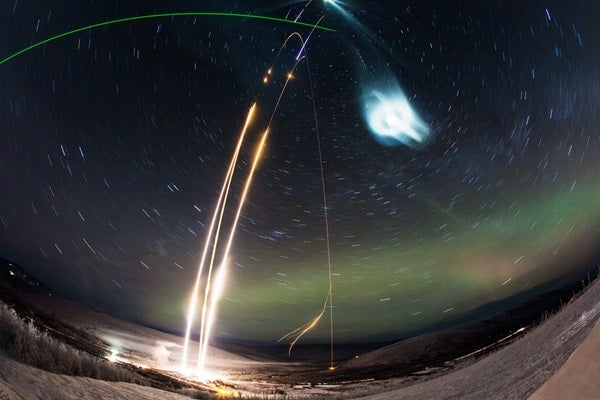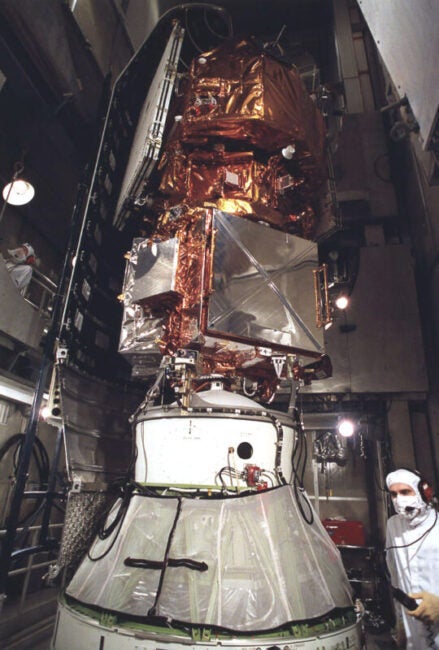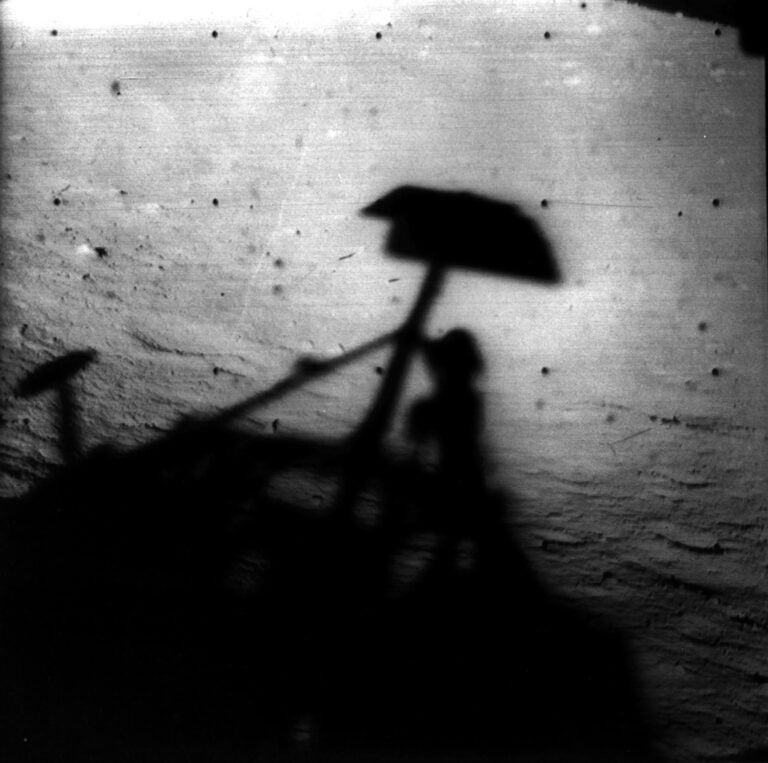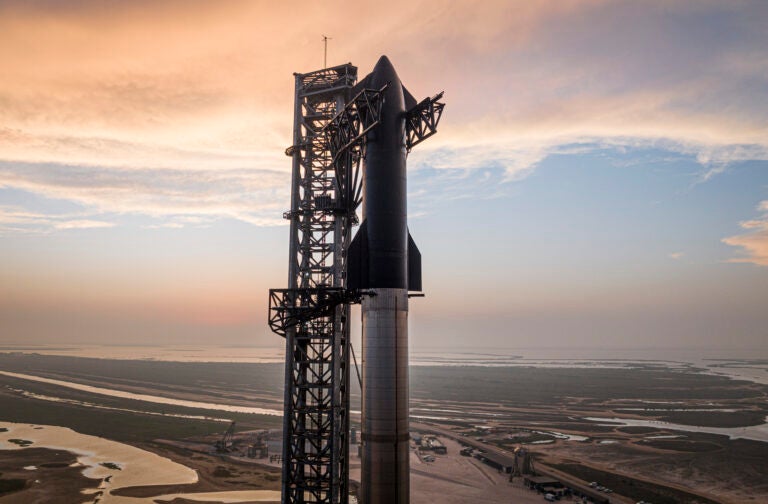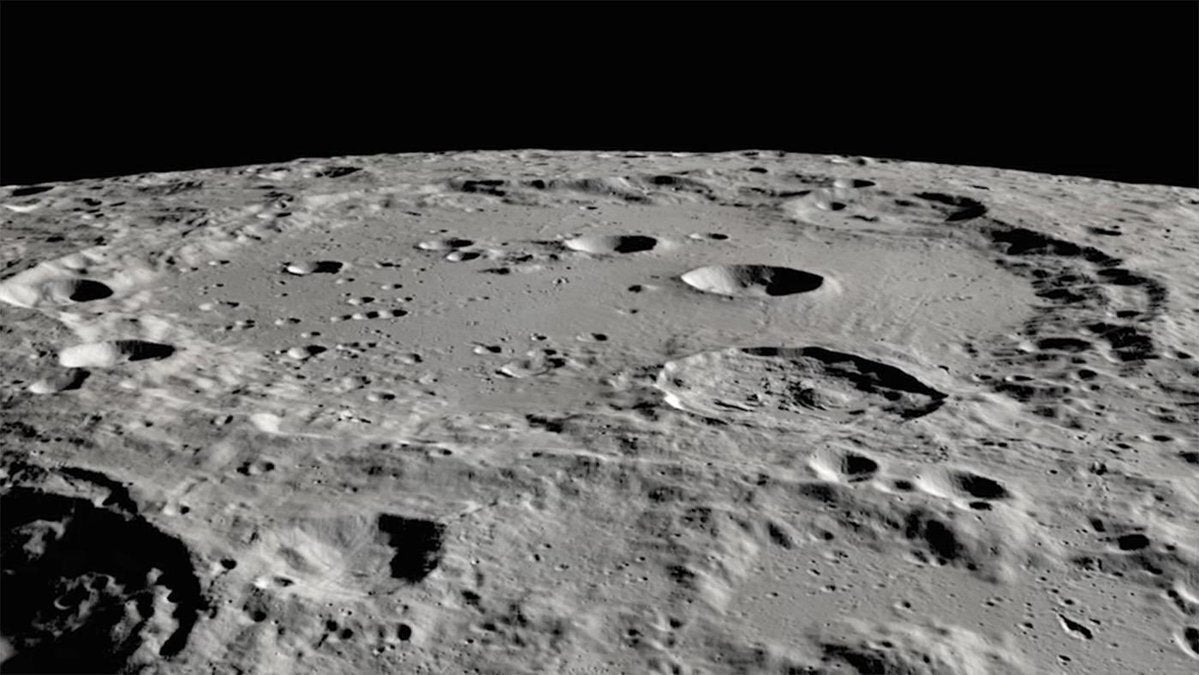On January 26, 2018, a trio of NASA sounding rockets launched from Fairbanks, Alaska, on a mission to create an artificial noctilucent cloud. Also known as polar mesospheric clouds (PMCs), these twilight specters are wisps of ice crystals that form roughly 50 miles (80 kilometers) high and glimmer during summer twilight, reflecting sunlight from their high-altitude perch.
As seen in this long-exposure photograph, the main rocket — dubbed the “Super Soaker” — deployed an explosive canister containing about 485 pounds (220 kilograms) of water at an altitude of about 53 miles (85 km). Two support rockets fired vapor tracers — streams of trimethyl aluminum gas which react with oxygen in the atmosphere and luminesce — to help track winds.
The research was intended to investigate why PMCs are so often caused by water exhaust from rocket launches. A single space shuttle launch — and the exhaust from its three main engines — could produce roughly 10 to 20 percent of all PMCs observed over the Arctic or Antarctic in a season.
The results, published February 1 in the Journal of Geophysical Research: Space Physics, indicate that water exhaust does more than simply provide material for the icy clouds: The explosive injection of water also cooled its immediate surroundings by roughly 45 degrees Fahrenheit (25 degrees Celsius) within seconds, inducing the PMC to form.

